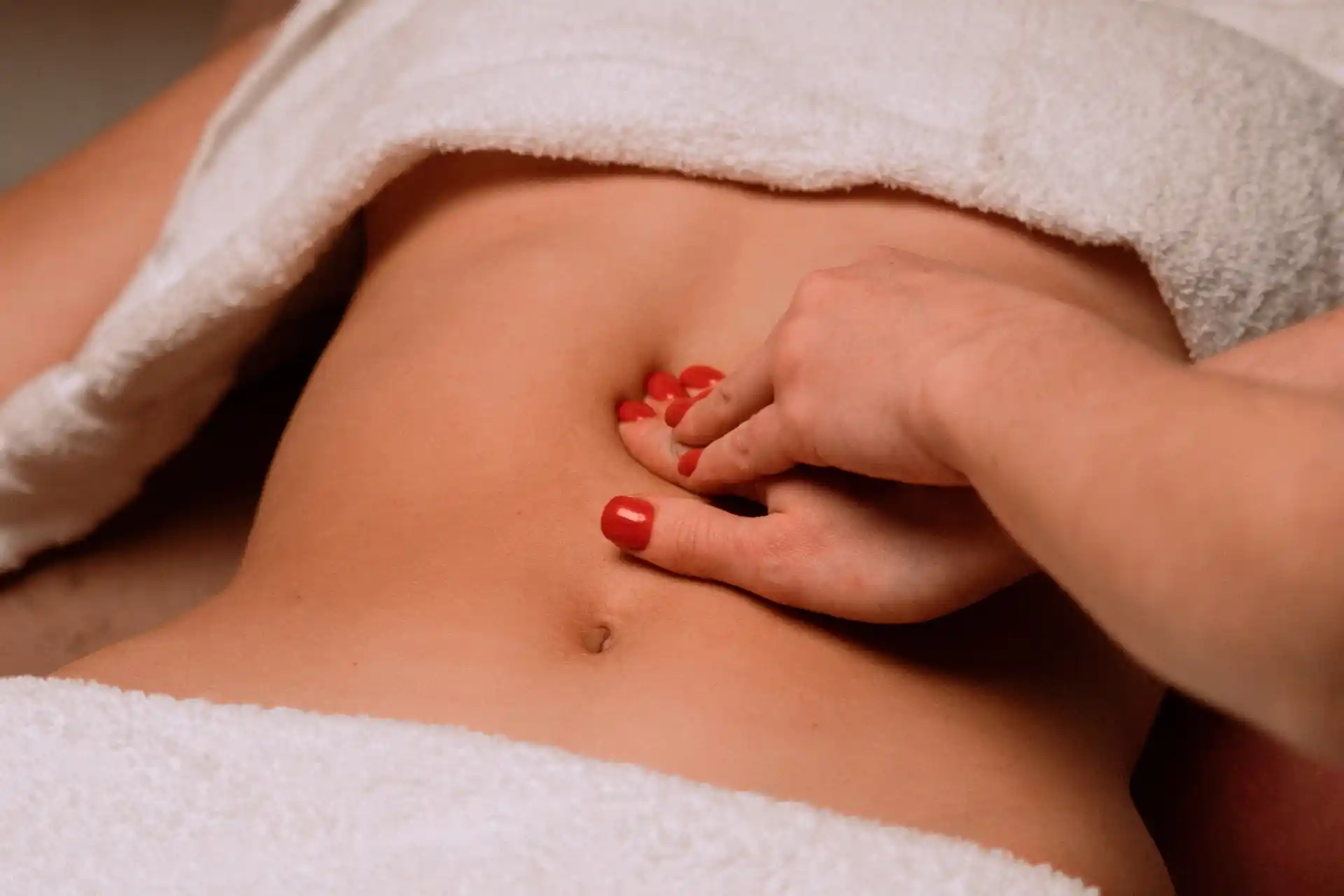Understanding Reverse Shoulder Replacement
What is Reverse Shoulder Replacement?
A reverse shoulder replacement is a specialized surgical procedure designed to treat severe rotator cuff injuries and other shoulder conditions.
In this procedure, the anatomy of your shoulder joint is altered, where the ball and socket parts of the shoulder joint are reversed.
This means the ball, previously part of the arm bone (humerus), is attached to the shoulder socket (glenoid), and a new socket is created on the arm bone.
The unique design of a reverse shoulder replacement helps improve shoulder function and stability, particularly in situations where the rotator cuff muscles are damaged or non-functional.
This surgery allows other muscles, such as the deltoid muscle, to take over the role of the rotator cuff, enabling you to lift your arm and regain mobility.
When is Reverse Shoulder Replacement Recommended?
Reverse shoulder replacement is typically recommended in specific cases where traditional shoulder replacement and non-surgical treatments are ineffective.
You might be a candidate for this surgery if you experience any of the following conditions:
- Severe rotator cuff injuries: If you have a large rotator cuff tear that cannot be repaired or has not healed properly with other treatments, reverse shoulder replacement might be advised.
- Rotator cuff arthropathy: This condition combines arthritis and a torn rotator cuff, leading to significant pain and restricted mobility.
- Chronic shoulder pain: Persistent rotator cuff pain that does not respond to physical therapy, medications, or other interventions may point to the need for this surgical option.
- Failed previous shoulder surgery: If you had a traditional shoulder replacement or another type of shoulder surgery that did not alleviate symptoms or improve mobility, reverse shoulder replacement may be considered.
- Severe shoulder arthritis: Patients with advanced shoulder arthritis and severe joint damage may benefit from this type of surgery.
It's essential to have a thorough evaluation and discussion with your orthopedic surgeon to determine if reverse shoulder replacement is the suitable treatment for your specific case.
Setting realistic expectations and understanding the recovery process will also play a crucial role in your successful recovery.
Explore our related articles on post-surgical pain and supraspinatus surgery to get more insight on surgical options.
Preparing for Recovery
Pre-operative Preparation
Effective preparation before your reverse shoulder replacement can set the stage for a smooth recovery.
Engaging in a structured pre-operative regimen ensures that you are physically and mentally ready for the surgery and the rehabilitation journey ahead.
- Medical Evaluations: Undergo a thorough medical check-up. Your doctor may recommend a series of tests to assess your overall health. These may include:
- Blood tests
- Electrocardiogram (ECG)
- Chest X-ray
- Consult with a Physical Therapist: Begin a pre-operative physical therapy program to strengthen surrounding muscles and improve shoulder mobility. This can expedite your recovery.
- Lifestyle Adjustments: Make necessary changes to your lifestyle. For instance, quitting smoking and reducing alcohol intake can enhance surgical outcomes and foster quicker healing.
- Home Preparation: Modify your living environment to make it more recovery-friendly. Arrange for items you frequently use to be within arm’s reach. Consider setting up a rest area on the ground floor to avoid navigating stairs post-surgery.
Setting Realistic Expectations
Understanding what to expect post-surgery can help manage anxiety and set achievable goals.
Setting realistic expectations involves having a transparent discussion with your healthcare provider about the recovery timeline and potential outcomes.
- Recovery Timeline: The recovery process varies for each patient, but typically follows this general timeline:
- First Week: Intensive post-surgery care, including pain management and initial physical therapy. You may experience significant swelling and discomfort.
- 1-4 Weeks: Gradual improvement in pain levels and mobility. Continue with prescribed physical therapy exercises.
- 1-6 Months: Continued rehabilitation and strengthening. Be patient as full recovery can take several months.
- Physical Limitations: Post-surgery, it's normal to experience restricted movement and strength initially. Follow your doctor’s guidance on allowable activities to avoid overexerting your new shoulder.
- Long-term Goals: Setting long-term goals helps you stay motivated. These could include regaining full range of motion, returning to specific activities, or reducing reliance on pain medication.
Preparing for your reverse shoulder replacement by taking these steps can empower you to navigate the recovery process effectively.
Navigating the Recovery Process
Properly navigating the recovery process after a reverse shoulder replacement is essential for optimal healing and rehabilitation.
This section will cover immediate post-surgery care and the role of physical therapy and rehabilitation in your recovery journey.
Immediate Post-Surgery Care
Following your surgery, the first few weeks are crucial for achieving a successful recovery.
Immediate post-surgery care involves controlling pain, reducing swelling, and preventing complications.
- Pain Management: Pain is to be expected after surgery. Your doctor may prescribe medications to help manage this pain. Ensure you follow the dosage instructions carefully.
- Swelling Reduction: To reduce swelling, you can use ice packs around the shoulder for short periods, as recommended by your healthcare professional.
- Immobilization: Your arm will be placed in a sling to immobilize the shoulder. The length of time you need to use the sling will depend on your surgeon's advice, typically ranging from a few days to several weeks.
- Wound Care: Keeping the surgical wound clean and dry is important to prevent infection. Follow your doctor's instructions on how to care for the wound and change dressings.
- Physical Activity: During the first week, physical activity will be limited. However, light activities like moving your fingers, wrist, and elbow can aid circulation and reduce stiffness.
Physical Therapy and Rehabilitation
After the initial recovery phase, physical therapy plays a pivotal role in regaining strength, mobility, and function in your shoulder.
A tailored rehabilitation program is essential for a smooth recovery.
- Initial Physical Therapy: Usually begins one to two weeks post-surgery. Initial exercises are gentle to maintain mobility in the shoulder and prevent stiffness.
- Progressive Exercises: Over time, your physical therapist will introduce more challenging exercises to build strength and flexibility. Consistent participation is key to effective rehabilitation.
- Range of Motion Exercises: These exercises will focus on improving the shoulder’s range of motion. Examples include pendulum exercises and assisted shoulder elevation.
- Strength Training: As you progress, strength training exercises will target the rotator cuff and surrounding muscles. This helps to stabilize the shoulder joint and restore function.
For further information on exercises, you can refer to our comprehensive guide on rotator cuff exercises.
Maintaining a regular schedule with your physical therapist and following their guidance is crucial.
Consistency and dedication to your physical therapy routine will aid significantly in your recovery process.
Always consult with a healthcare professional or physical therapist before starting a new exercise regimen after a shoulder surgery.
Long-Term Management and Maintenance
Lifestyle Adjustments for Shoulder Health
After undergoing a reverse shoulder replacement, long-term management is essential to ensure a successful recovery and maintain shoulder health.
Here are some key lifestyle adjustments to consider:
- Regular Exercise:
- Incorporate shoulder mobility exercises into your routine to maintain flexibility and strength.
- Focus on rotator cuff exercises to strengthen the surrounding muscles and support your shoulder joint.
- Healthy Diet:
- Maintain a balanced diet rich in vitamins and minerals to support tissue repair and overall health.
- Ensure an adequate intake of protein for muscle recovery and growth.
- Posture:
- Practice good posture to reduce stress on your shoulder. Sit and stand upright with your shoulders back.
- Avoid carrying heavy bags or using a single shoulder to balance loads.
- Activity Modification:
- Modify activities that may place excessive strain on your shoulder. Consider using both arms for lifting and avoid repetitive overhead movements.
- Engage in low-impact activities like swimming or walking to maintain cardiovascular health without compromising shoulder stability.
- Pain Management:
- Over-the-counter pain relief options can be used as needed, but consult with your healthcare provider for appropriate pain management strategies.
- Utilize recommended techniques from our guide on how to relieve rotator cuff pain at night.
Preventing Future Injuries and Complications
Preventing future injuries is critical to ensure the longevity of your shoulder replacement and avoid complications.
Here are some strategies to help you stay on track:
- Follow-Up Care:
- Regularly attend follow-up appointments with your orthopedic surgeon or physical therapist. They can monitor your progress and make necessary adjustments to your rehabilitation plan.
- Adhere to post-operative care instructions and guidelines as recommended by your healthcare team.
- Strength Training:
- Engage in strength training exercises, focusing on the rotator cuff and surrounding muscles to improve shoulder stability. Check out our resources on rotator cuff exercises for specific routines.
- Gradually increase the intensity of your workouts to avoid overloading the shoulder.
- Ergonomic Adjustments:
- Make ergonomic changes in your workspace and home to limit shoulder strain. This includes adjusting the height of your desk, chair, and computer monitor.
- Use tools and aids designed to minimize repetitive shoulder movements.
- Education:
- Educate yourself on common shoulder injuries and how to prevent them. Familiarize yourself with symptoms and early warning signs of conditions like rotator cuff tendinitis and shoulder instability.
- Stay informed about best practices for maintaining shoulder health by reading up on rotator cuff injury prevention techniques.
- Avoid High-Risk Activities:
- Be cautious with activities that could compromise your shoulder, like heavy lifting or contact sports. Instead, consider low-risk alternatives.
- Always warm up before engaging in physical activities to prepare your muscles and joints for movement.
By implementing these lifestyle adjustments and preventive measures, you can maintain optimal shoulder health and enjoy the benefits of your reverse shoulder replacement for years to come.
Seek RELIEF® for Post-Surgical Pain
Post-surgical pain is a common experience following any surgical procedure. This pain can significantly impact a patient’s quality of life, affecting mobility, sleep, daily function, and overall well-being.
RELIEF® is a science-backed, targeted approach that targets dysfunctional soft tissue, also known as fascia, that surrounds the affected shoulder joint and rotator cuff—and requires no steroids, medication, surgery, anesthesia, or post-procedure immobilization.
The treatment utilizes hydrodissection—a fluid-based technique that gently separates and releases adhered soft tissue layers and fascia, which may contribute to post-surgical pain and joint instability.1,2,3,4,5,6,7
Contact us today to schedule a consultation and learn more about how RELIEF® may help with your post-surgical pain and rotator cuff dysfunction.
.webp)





.svg)